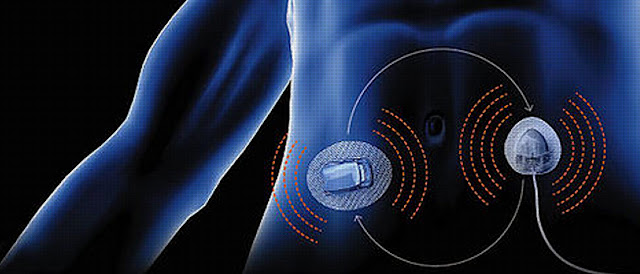Primary Sclerosing Cholangitis: A Comprehensive Guide to Understanding and Managing the Condition
.jpg) |
| Primary Sclerosing Cholangitis |
A chronic liver illness called primary sclerosing cholangitis (PSC) causes the bile ducts both inside and outside of the liver to swell, scar, and finally become constricted or blocked. Bile accumulates in the liver as a result, severely harming the organ. Primary sclerosing cholangitis (PSC) symptoms can include fever, stomach ache, itchy skin, diarrhoea, jaundice, and fatigue or weakness. However, many patients with PSC are initially identified without exhibiting any symptoms. It is unclear to experts what causes PSC.Primary sclerosing cholangitis (PSC) is determined by a patient's physical exam, medical test findings, medical history, and family history. Blood tests, imaging studies, and occasionally liver biopsies are medical testing that may be used to diagnose PSC.
The global primary sclerosing cholangitis market is estimated to be valued at US$ 140.4 million in 2022 and is expected to exhibit a CAGR of 7.6% during the forecast period (2022-2030).
Primary sclerosing cholangitis (PSC) cannot be cured or prevented
from worsening by medical intervention. They can treat PSC symptoms and
consequences as well as constricted or clogged bile ducts. If PSC results in
liver failure, doctors might think about a liver transplant. In all phases of
primary sclerosing cholangitis (PSC), a healthy, well-balanced diet is crucial.
Your doctor may suggest a balanced diet that gives you enough calories and
nutrients to support good liver function and prevent problems.
Around the age of 40 is the typical diagnosis for primary
sclerosing cholangitis, which affects males twice as frequently as women for
unidentified causes. When a disorder is detected, many patients have no outward
signs or symptoms, but routine blood testing reveal liver issues. The first
signs and symptoms of primary sclerosing cholangitis, when present, include
acute exhaustion, abdominal discomfort, and excruciating itching (pruritus). As
the illness gets worse, those who are affected may get splenomegaly, which is
an enlarged spleen, as well as jaundice, which is a yellowing of the skin and
the whites of the eyes. Bile accumulating in the body eventually harms liver
cells, leading to cirrhosis and liver failure. Fats travel through the body
because there isn't enough bile to break them down. Loss of weight and vitamin
deficiencies as a result
The bile ducts, which typically allow bile to escape from the
gallbladder, are characterised by inflammation and scarring in primary
sclerosing cholangitis
(PSC), a chronic, progressive illness of the liver and gallbladder. Affected
people may not exhibit any symptoms or they may exhibit liver disease symptoms
include yellowing of the skin and eyes, itching, and stomach pain. The
PSC-related bile duct scarring constricts the biliary tree's channels, impeding
bile passage to the intestines. Primary sclerosing cholangitis' actual cause is
unclear, and its pathogenesis is poorly understood.



Comments
Post a Comment